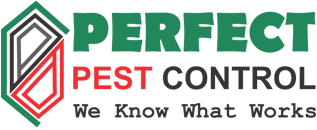 Mice & Rats
Mice & Rats
As winter closes in, mice enter houses more often and rats are seen more frequently in backyards and gardens. This can be a matter of concern; mice are most common in roof spaces, attic, cellars cupboards & shelves and kick boxes. They can also live in wall voids and ceiling voids. As they enter in the house they start feeding and breeding. They not only contaminate the food but also increase tremendously in short period of time as they breed very fast.
Which rats and mice enter houses?
- House mice, Deer Mice and Roof Rats usually enter in the house, sometimes Norwegian rats are also seen inside the house
What signs do they leave?
- Cloying ‘acetamide’ smell characteristic of house mice; other mice leave little odor.
- Gnawing – rodents need to gnaw continuously to keep their incisors short.
- Tooth marks – larger ones are made by rats, who can gnaw through soft metals, such as lead and aluminum.
- Droppings – a rat’s are 12mm long rod shaped and often tapered at one end; a mouse’s are roughly half the size and thinner and grass seed shaped.
- Greasy fur marks – rats and house mice leave dirty black smears along well-travelled routes, particularly ‘loop smears’ where they squeeze under roof joints.
What problems can they cause?
- Rodents generally cause problems in houses; 42 per cent suffer damage to furnishings and internal structures, 31 per cent to food, and 9 per cent to insulation and wiring; 18 per cent suffer no damage.
- Chewing wiring is a particular problem – it can lead to fires and be expensive to repair.
How do I get rid of them?
Call us for a professional Rodent control of Mice and Rats. We have economical, efficient and eco-friendly solution
Call Now: 647-505-4900 Perfect Pest Control
www.perfectpestcontrol.ca







